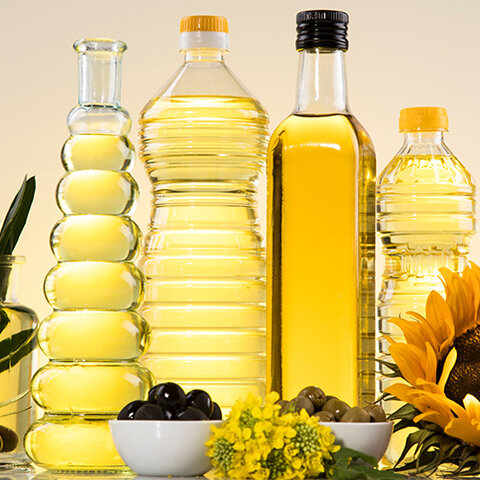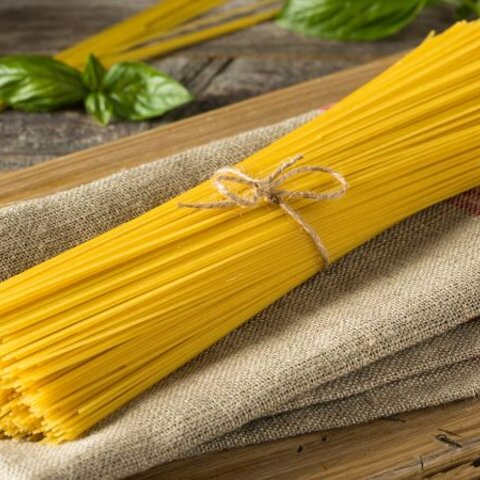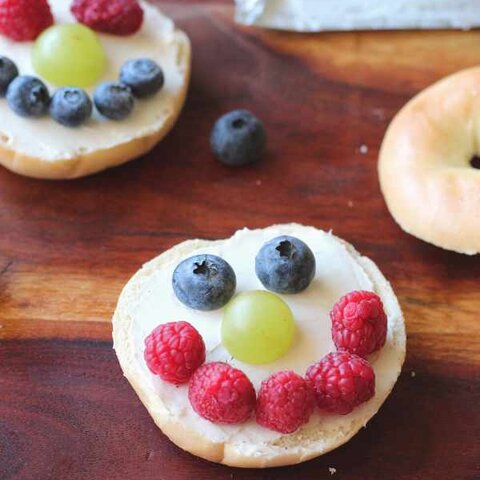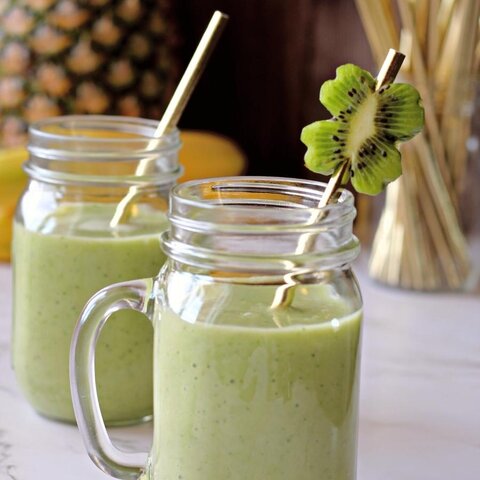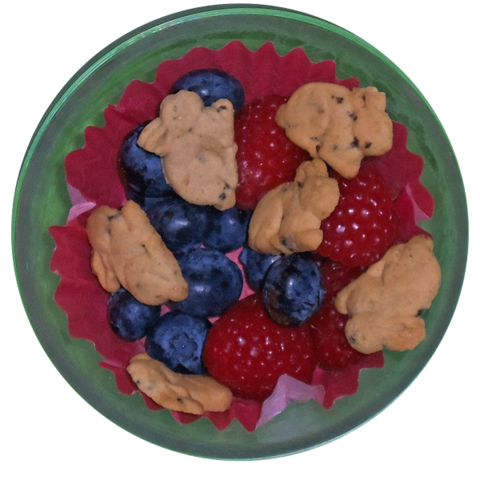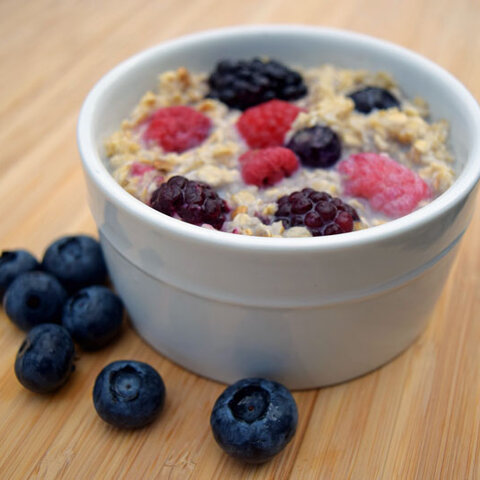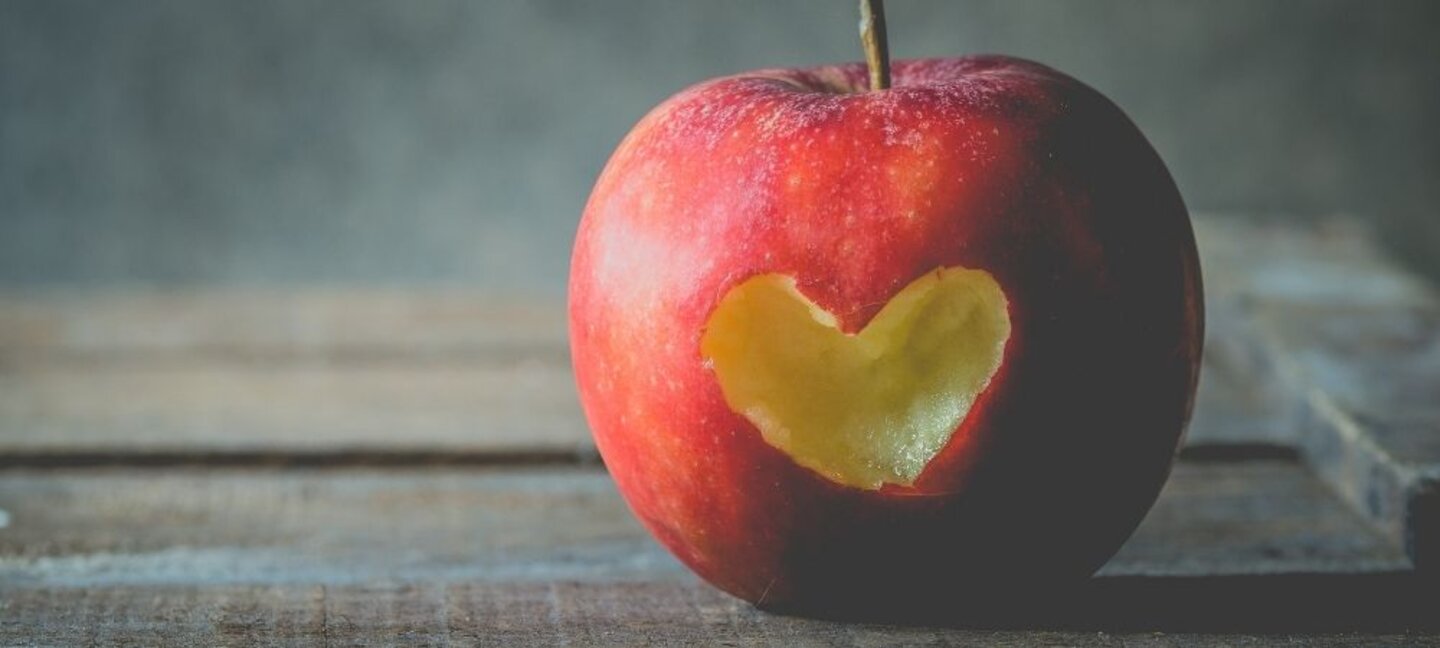
Trapped inside the tissue of fruits are molecules known as enzymes. These enzymes help fruit ripen and turn brown. When fruit is cut or starts to break down, the enzyme is released from the tissue of the fruit and exposed to air which causes the fruit to rapidly change color. This is known as enzymatic browning.
Keep cut fruits, such as apples, pears, bananas, and peaches from turning brown by:
-
Coating them with an acidic juice such as lemon, orange, or pineapple juice.
-
Use a commercial anti-darkening preparation with fruits, such as Fruit-Fresh®*, and follow the manufacturer's directions.
-
Mix them with acidic fruits like oranges, tangerines, grapefruit and other citrus fruit or pineapple. Prepare the acidic fruit(s) first. Then, cut the other fruits, mixing them in with the acidic fruit(s) as you prepare them.
-
Mix with honey water. Dilute 2 tablespoons of honey with 1 cup of water, mix cut fruit with the diluted honey.
Wait until it is as close as possible to serving time to cut fruit. Cover and refrigerate cut fruit until ready to serve. Refrigerate peeled/cut fruits and vegetables so they are at room temperature no longer than 2 hours, TOTAL time.
*Reference to commercial products or trade names is made with the understanding that no discrimination is intended of those not mentioned and no endorsement by University of Nebraska—Lincoln Extension is implied for those mentioned.
Sources:
Fruit and Vegetables: Enzymic Browning, Love Food, Love Science
How should I store cut fruit? United States Department of Agriculture
Peterson, Lisa, How do I stop my apples from turning brown? Illinois Extension
This article was originally written by Alice Henneman, MS, RDN. Reviewed and updated by Ellyn McCarter, UNL Dietetic Intern, in 2021.
Tags:
